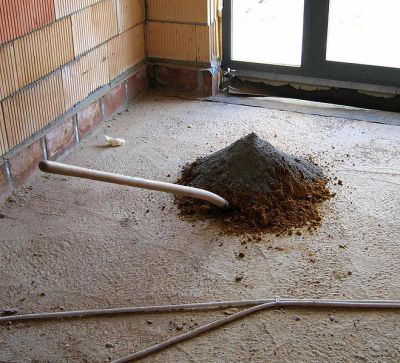More waste in the cement mix

Cement Mixing With Sand, fot. public domain
Cement continues to be an important global construction material. EU-funded scientists developed models and experimental methods to facilitate utilisation of waste streams as supplementary cementing materials (SCMs) for greater sustainability.
Annual cement production worldwide is estimated to be close to three billion tonnes. Carbon dioxide emissions associated with the final product are relatively low. However, the massive scale of production means that the industry contributes around 5 to 8 % of the global emissions due to human activities.
One effective way to enhance sustainability is to mix so-called Portland cement (made from limestone and clay) with SCMs. As the supply of conventional SCMs such as fly ashes and blast furnace slag dwindles, locally available sustainable alternatives must be found. To enhance the speed and effectiveness of this effort, scientists launched the EU-funded project 'Analysis and modelling of the reactivity of pozzolans during cement hydration' (AMORPH).
Researchers investigated the effects of various SCMs and solution chemistry on nano-scale dissolution and precipitation. The focus was on more sustainable materials, including industrial by-products, societal waste or low-energy natural materials.
Scientists modelled the effects of SCMs on formation and microstructure of cement and compared results to experimental observations. They integrated the reaction kinetics and experimental hydration results in a model of blended cement hydration with thermodynamic modelling. The team also developed a number of improved measurement techniques and laboratory protocols for evaluating reactivity.
Novel insight regarding SCM reactivity suggests that significant improvements in resource efficiency can be gained by exploiting synergistic effects among different SCMs that boost overall reactivity. This in turn will facilitate decreased use of Portland cement and better utilisation of waste streams, significantly reducing the environmental impact of cement production.
The modelling and lab protocols will eliminate much of the trial-and-error currently associated with SCM selection and cement formulation. In the future, project outcomes could help predict materials that could be used to replace cement itself. This will help the EU transition away from a primary resource-intensive economy to a much more sustainable one, utilising waste streams to produce new, high-quality products.
published: 2015-05-08